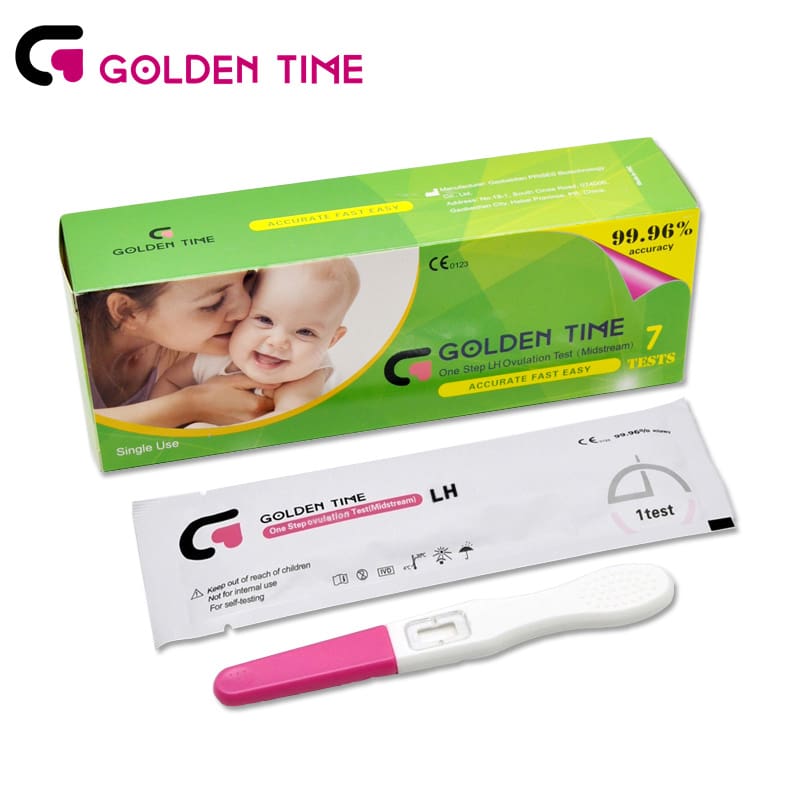Dec . 12, 2024 18:25 Back to list
Understanding the Impact and Prevention of Feline Panleukopenia in Cats and Kittens
Understanding Panleukopenia A Feline Health Concern
Panleukopenia, commonly known as feline parvovirus infection, is a highly contagious viral disease that primarily affects domestic cats and some wild feline species. This condition is marked by a significant decrease in the number of white blood cells, leading to weakened immune response and increased susceptibility to secondary infections. Understanding the implications of panleukopenia is crucial for pet owners, veterinarians, and anyone involved in feline care.
What Causes Panleukopenia?
The disease is caused by the feline parvovirus (FPV), which is a robust virus capable of surviving in the environment for long periods. It is transmitted through direct contact with infected cats or indirectly through contaminated surfaces, food bowls, litter boxes, or bedding. Kittens and unvaccinated cats are particularly vulnerable, but any cat can be affected if exposed to the virus.
Symptoms to Watch For
The symptoms of panleukopenia can range from mild to severe and usually appear within five to seven days after exposure to the virus. Common signs include
- Fever Infected cats may develop a high fever, which could lead to lethargy. - Loss of Appetite Affected cats often show a significant decline in their desire to eat. - Vomiting and Diarrhea These gastrointestinal symptoms are frequent and can lead to severe dehydration. - Dehydration Cats may become lethargic and weak due to fluid loss. - Neurological Signs In some cases, particularly in kittens, the virus may affect the nervous system, leading to tremors or lack of coordination.
If you observe any combination of these symptoms in your cat, it is vital to seek veterinary care promptly. Early intervention can significantly improve the prognosis.
panleukopenia

Diagnosis and Treatment
Diagnosing panleukopenia typically involves a combination of medical history, physical examination, and laboratory tests. A veterinarian may perform a fecal test or a blood test to confirm the presence of the virus.
Unfortunately, there is no specific antiviral treatment for panleukopenia. Supportive care is the cornerstone of managing the disease, which includes
- Fluid Therapy To combat dehydration, intravenous or subcutaneous fluids may be administered. - Nutritional Support Cats may need assisted feeding if they are unwilling to eat. - Antibiotics While they do not eliminate the virus, antibiotics may be prescribed to prevent or treat secondary bacterial infections that arise due to the compromised immune system. - Isolation Infected cats should be isolated from healthy cats to prevent the spread of the virus.
Prevention
The most effective way to combat panleukopenia is through vaccination. Kittens should receive their first vaccination at around eight weeks of age, followed by booster shots until they reach approximately 16 weeks. Adult cats should also receive regular booster vaccinations as recommended by their veterinarian. Good hygiene practices, such as regularly cleaning litter boxes and sanitizing feeding areas, can further reduce the risk of infection.
Conclusion
Panleukopenia represents a significant threat to feline health, but with proper understanding and proactive measures, it can be effectively managed and prevented. Ensuring that your cat is vaccinated, regularly monitored, and receives prompt veterinary attention when symptoms arise is crucial. Together, we can protect our feline friends from this dangerous virus and ensure they lead healthy, happy lives. As a pet owner, staying informed is key; knowledge of conditions like panleukopenia can be a lifesaver for our beloved cats.
-
Reliable Early Pregnancy Test Kit Supplier - Multi Plastic Cassette Options
NewsJul.30,2025
-
Transferrin Rapid Test Cassette – Reliable Tumor Marker Detection
NewsJul.29,2025
-
Accurate Follicle Stimulating Hormone Test Kit | Rapid Reliable Results
NewsJul.29,2025
-
High Accuracy LH Ovulation Test Kit - Digital Results & Wholesale Options
NewsJul.29,2025
-
HbsAg Blood Rapid Test Kit for Fast & Accurate Hepatitis B Detection
NewsJul.28,2025
-
Sterile Urine Cup for Safe & Easy Collection | High-Quality Specimen Cups
NewsJul.28,2025

